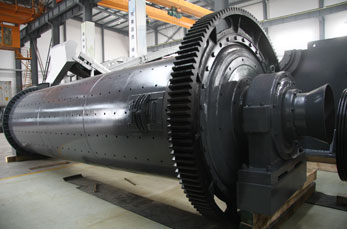Portable crushing equipment is essential in mining and aggregate operations, offering flexibility, mobility, and efficiency for processing materials on-site. Here’s a breakdown of key aspects:
1. Types of Portable Crushing Equipment
– Jaw Crushers: Primary crushing for hard rock (e.g., granite, basalt).
– Examples: Metso Lokotrack LT106, Sandvik QJ341.
– Cone Crushers: Secondary/tertiary crushing for finer aggregates.
– Examples: Terex Cedarapids MVP450X, Nordberg HP300.
– Impact Crushers: Ideal for recycling and softer materials (limestone, asphalt).
– Examples: Kleemann MR 110 Zi EVO2, Eagle Crusher 1200.
– Screeners: Separate crushed material by size (e.g., trommel screens, vibrating screens).
– Combination Units: Closed-circuit plants with crusher and screen (e.g., Metso NW Series).
 2. Key Features of Portable Mining Crushing Equipment
2. Key Features of Portable Mining Crushing Equipment
– Mobility: Mounted on trailers or tracks (tracked crushers excel in rough terrain).
– Fuel Efficiency: Diesel-electric or hybrid options reduce operating costs.
– Quick Setup: Modular designs minimize downtime between sites.
– Automation: Remote monitoring and control (e.g., Cat® Command for Hauling).
3. Applications in Mining & Aggregates
– Primary Crushing: Breaking down large ore/rock at the extraction site.
– Recycling: Concrete/asphalt recycling in urban projects.
– Aggregate Production: On-site gravel/sand production for construction.
.jpg) 4. Top Brands & Models
4. Top Brands & Models
– Metso Outotec: Lokotrack series (track-mounted).
– Sandvik Mobile Crushers and Screens: QI442 impact crusher.
– Terex MPS: CRC1150S cone plant.
– Eagle Crusher: UltraMax® impactors for heavy-duty use.
5. Considerations When Choosing Equipment
– Material Hardness: Jaw crushers for abrasive rock; impactors for softer materials.
– Production Capacity: Ranges from 50 to 500+ tons/hour depending on model.
– Transportability: Check weight/size limits for road permits if trailer-mounted.
6. Advantages Over Stationary Plants





Leave a Reply